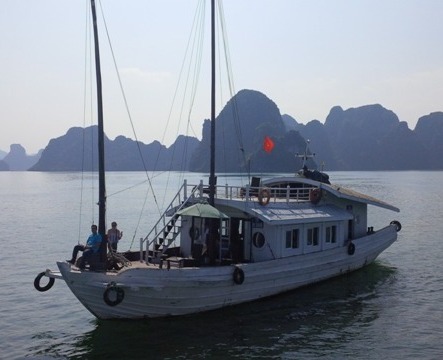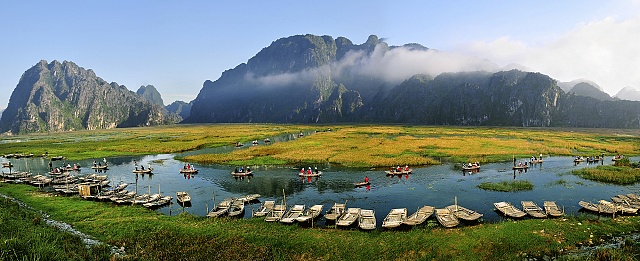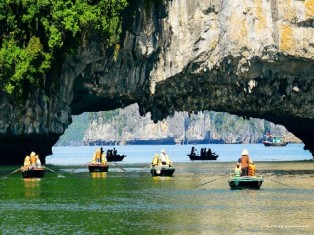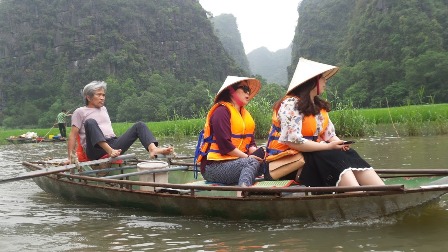Co Loa is one of the most ancient citadel in Vietnam and South EastAsia. It was built in the 3rd century BC to be the capital
of Au Lac Kingdom.
According to folklore, Thuc Phan defeat the last Hung King
then enthroned and chose Co Loa as the capital of Au Lac kingdom. Co Loa is
located 16 km from Hanoi capital center, and in the mid of the Red River Delta.
Co Loa means Old Spiral. In fact the
citadel of Co Loa was built in Spiral Shape with high thick walls and deep moats
that made Co Loa become an undefeatable fortification.
The mythical story tells us that the citadel was being built
at daytime but mysteriously destroyed at night time. At one night, Thuc Phan –
later An Duong Vuong has a dream of meeting with a golden turtle. The turtle
told the king that the citadel had built on the turtle’s carapace, then
instructed him to move citadel to another area that present day of Co Loa. The
king then completed the work of building new capital easily.
Archaeologists have found tens of thousands of bronze arrow
heads, iron axes, other bronze weapon, and animal bones. To travel to Co Loa
you can visit King An Duong Vuong temple, Co Loa communal house, old walls of
Co Loa, and other temples.





































































